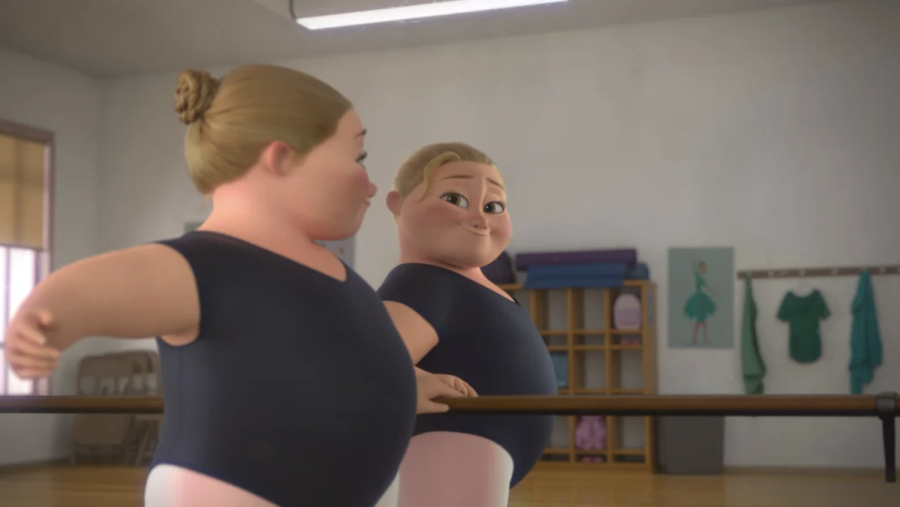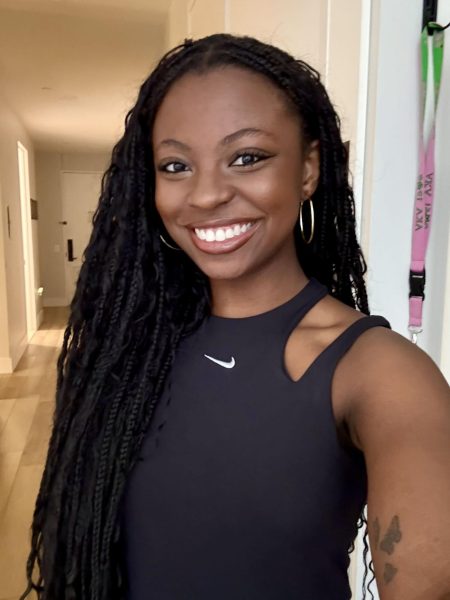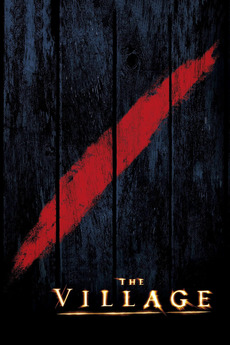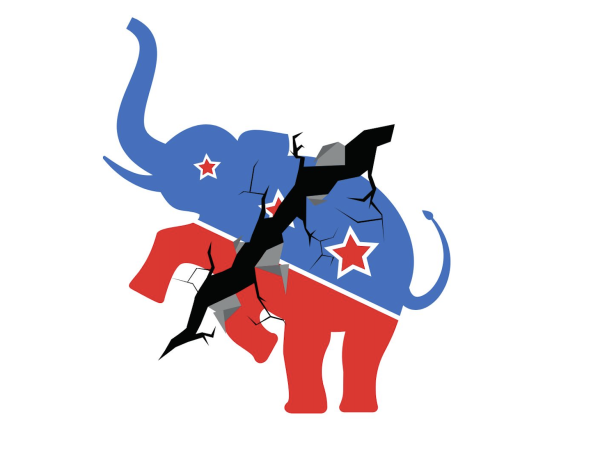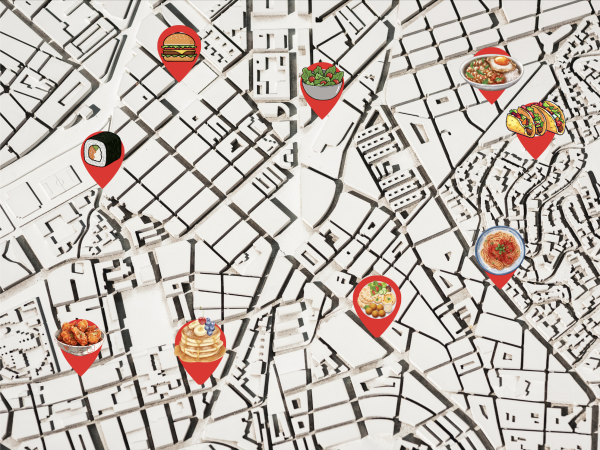Disney’s ‘Reflect’ illuminates the hardships of the dance industry
November 3, 2022
It’s not new for Disney to develop meaningful and emotional short films that highlight specific problems within our society. “Reflect,” directed by Hillary Bradfield, focuses on a story about plus-size ballerina Bianca who struggles with self-image, learning to love herself and her body. The film opens with Bianca in a cheerful mood, ready for dance lessons, when her self-doubt quickly damps her attitude as she sees her reflection and her dance instructor berates, “tight tummy, long neck,” followed by her judging herself in the mirror. The glass then cracks, and Bianca is swiftly sucked into a dark and ominous space, where she must dance in order to let go of all her feelings of self-consciousness and self-doubt to battle her reflection successfully.
Director Hillary Bradfield, best known for her work on Disney films “Encanto” and “Frozen II,” says she based the film on her own experiences with body image and states that her short film is “about body positivity.” In an interview that airs as part of the episode, Bradfield said, “Sometimes you have to go to the dark place to get to the good place, and that just makes the good place that much more beautiful.” The ballerina illustrates the emotional response a person can have in the process of bodily acceptance. It’s as if the dance class setting almost forced Bianca to look at her body and face her insecurities.
Dancers are continuously taught to look in the mirror to help check posture, ensure the class has a synchronous flow and critique their movements. Most of the time, dancers are trained to be hyper-aware of their bodies–especially in the style of ballet. Some Disney fans on Twitter said the film depicted a dancer’s perspective on conquering body dysmorphic disorder.
According to the Cleveland Clinic, body dysmorphic disorder is a mental health condition that consumes a person with thoughts about an imagined or very slight defect in their body, leading to anxiety about their physical appearance. Although this may be true, Bradfield emphasizes that the film is about body positivity and focuses on loving yourself. During the in-film featured interview, she highlights the film’s positive aspects and its meaning.
After seeing the glass crack in Bianca’s reflection, the animation is developed to show that she is afraid of her reflection and is struggling to accept her body and herself. Her reflection symbolizes her inner demons, which hold power over the insecurities she holds within. It isn’t until she begins to accept her body and herself that the glass shatters and dissipates into thin air. She is breaking away from self-doubt, self-loathing, self-hatred and insecurities. Only when she breaks free from the demons in her dark and ominous void of reflections, she finally accepts who she is and lets go of what is holding her back.
Walt Disney Animation Studios recently began releasing short films for season two of “Short Circuit,” the experimental short film program at Disney. Episode six, “Reflect,” caters to teenagers and young adult women, emphasizing the importance of body positivity. This short film went viral after audience members raved about including a plus-size female ballerina protagonist, as Disney rarely portrays heroine characters with a plus-size body type. Not only is the short film groundbreaking for its inclusivity, but it has also been applauded for its extremely intricate mirror reflection animation. In recent years, Disney has been commended for using realistic body types in more modern animated films. They are making a more conscious and purposeful effort to become more inclusive and realistic with their animation and film production.

